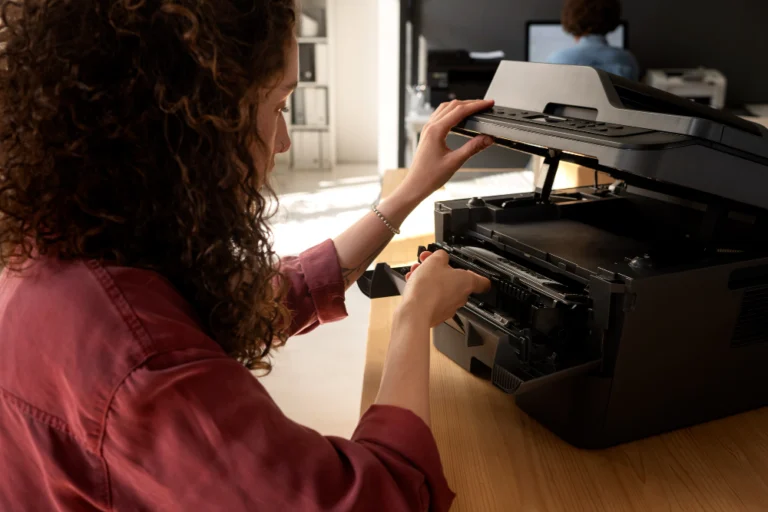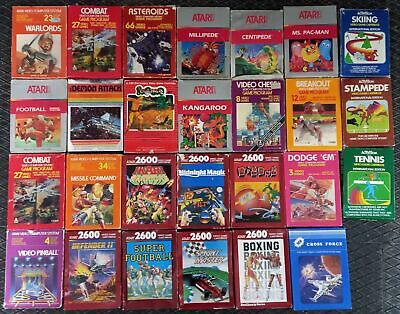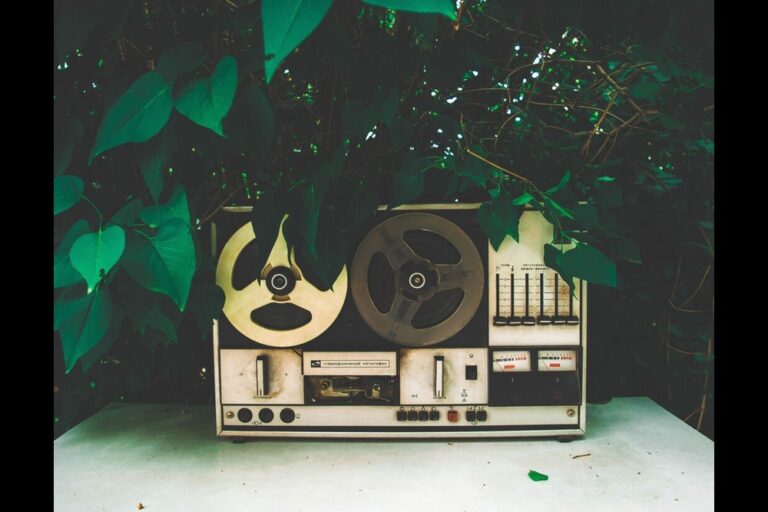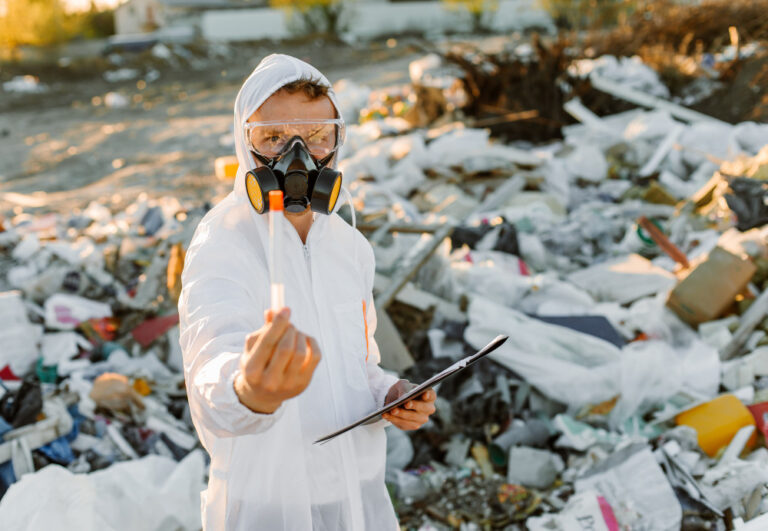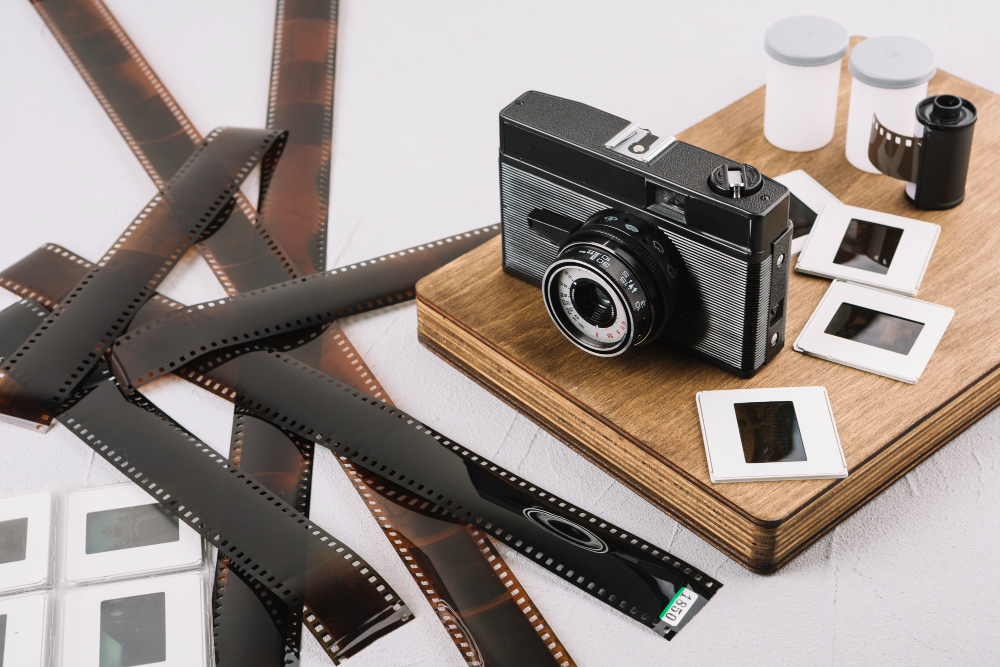
In the world of 2025, we are living in an age of digital perfection. The cameras in our pockets are computational marvels, capable of capturing thousands of flawlessly sharp, vibrant images that we can instantly share with the entire world. The digital sensor has, by every objective measure, surpassed its analog predecessor in speed, convenience, and technical capability. And yet, a fascinating and growing movement is taking place. This has reignited one of the most passionate and enduring debates in the creative world: film cameras vs. digital.
A new generation of photographers, alongside seasoned veterans, is intentionally turning back the clock. These individuals are actively searching for vintage, manual cameras, investing in film stock, and willingly adopting a more methodical and often challenging workflow.
Is the resurgence of film merely a wave of nostalgia, a hipster trend, or is there something more profound at play? Is one medium truly “better” than the other? This in-depth guide will move beyond the simple specifications and explore the core differences in technology, process, and philosophy that define these two distinct approaches to photography. This is not about declaring a definitive winner, but about helping you discover which path is better for your own creative journey.

Understanding the Core Difference: The Technology Explained
At its heart, the debate between film and digital is a conversation about two fundamentally different ways of capturing light.
Digital Photography: The World of Pixels A digital camera works by using a solid-state electronic sensor, typically a CMOS or CCD sensor, which is covered in millions of tiny light-sensitive sites called photosites, or “pixels.” When you press the shutter button, the sensor is exposed to light, and each pixel measures the intensity and color of the light hitting it. This information is then instantly converted into a complex set of binary data—a digital file, such as a JPEG or a RAW file.
This process is defined by its immediacy and its flexibility. You can see the image you’ve just taken on the camera’s LCD screen, allowing for instant feedback and correction. You can take a virtually unlimited number of photos, limited only by the size of your memory card. The resulting data file is incredibly malleable, allowing for extensive manipulation and creative control in post-processing software.
Film Photography: The Magic of Chemistry Film photography, in contrast, is an analog process rooted in chemistry. A roll of film is a strip of plastic coated in a chemical emulsion containing light-sensitive silver halide crystals. When you press the shutter button, light hits this emulsion, causing a chemical reaction that creates an invisible, or “latent,” image.
To make this image visible, the film must be taken through a multi-step chemical development process in a darkroom. This process transforms the latent image into a visible, permanent negative. This negative is then used, typically with an enlarger, to project the image onto light-sensitive paper, which is also chemically developed to create a final, physical print. The entire process is deliberate, delayed, and deeply hands-on.
The Great Debate: A Head-to-Head Comparison
To truly understand the film cameras vs. digital argument, we need to break it down across several key criteria where their differences are most apparent.
1. Image Quality and “The Look”
This is perhaps the most subjective and passionately debated aspect.
- Digital: The key advantage of the digital medium is its inherent capacity to achieve flawless results. Modern sensors offer incredible sharpness, a stunning level of detail, and an almost complete absence of noise or imperfections at low ISOs. The low-light capabilities of today’s digital cameras are nothing short of miraculous, allowing for clean images in near darkness. The “look” of a digital image is often described as clean, crisp, and clinical—a perfect, detailed representation of reality.
- Film: Film is celebrated not for its perfection, but for its character. Each film stock has its own unique personality, its own “color science.” For example, Kodak Portra is known for its warm tones and beautiful skin tone reproduction, while Fuji Velvia is famous for its vibrant, saturated colors, especially in greens and blues. Film also has “grain,” the small, randomized texture created by the silver halide crystals. Far from being a flaw, this grain is a cherished part of the aesthetic, adding a sense of texture, depth, and organic life to an image. Film also has a unique way of handling highlights, often rolling them off in a soft, pleasing way that digital sensors can struggle to replicate.
2. The Shooting Experience and Process
The way you interact with the camera and the world is vastly different.
- Digital: The digital process is defined by immediacy and abundance. The instant feedback of the LCD screen allows you to check your exposure, composition, and focus on the fly. You can learn and correct your mistakes in real-time. The ability to shoot hundreds or even thousands of images in a single session encourages experimentation and ensures you never miss a moment. It is a fast, forgiving, and incredibly efficient way to work.
- Film: The film process is defined by deliberation and scarcity. With only 24 or 36 exposures on a roll, each press of the shutter is a considered decision that costs money. You cannot instantly see your results. The process compels you to adopt a slower pace, become more engaged in the current moment, and have confidence in your own abilities. You must think carefully about the light, the composition, and the decisive moment before you commit to taking the shot. For many, this slower, more mindful process is a form of meditation, a welcome antidote to the frantic pace of digital life.
3. Cost and Accessibility
The economics of the two formats are almost mirror opposites.
- Digital: The primary cost of digital photography is upfront. A high-quality digital camera body and lenses can be a significant investment. Nevertheless, after the initial investment in the equipment, there are almost no additional expenses for each photograph taken. You can take ten thousand photos without spending an extra dime.
- Film: The upfront cost for film photography can be surprisingly low. There is a thriving market for excellent, high-quality vintage film cameras that can be purchased for a fraction of the price of a new digital camera. However, the ongoing cost is the major factor. Every roll of film, and the chemicals and process required to develop it, costs money. Every click of the shutter has a tangible price attached.
4. Workflow and Post-Processing
A photographer’s creative work involves much more than just the initial act of capturing the image.
- Digital: For many digital photographers, the shoot is only half the battle. The real creative work often begins in post-processing. A RAW file from a digital camera is a flexible but often flat starting point. The photographer will then spend a significant amount of time in software like Adobe Lightroom or Photoshop, adjusting colors, contrast, and sharpness to achieve their final vision.
- Film: For film photographers, much of the creative work is done before the shot is taken. The choice of film stock is a huge decision that determines the fundamental look and feel of the final image. While film can be scanned and edited digitally, many purists focus on getting the exposure and composition right “in-camera,” with the development process being the final step.
Who is Each Format For? Finding Your Photographic Voice
So, in the ongoing debate of film cameras vs. digital, which one is right for you?
Digital photography is likely the better choice for:
- Professionals and Commercial Photographers: In fields like weddings, events, and product photography, the speed, reliability, and instant feedback of digital are non-negotiable.
- Beginners: For those just starting out, the ability to experiment freely and see your results instantly provides an invaluable and rapid learning curve.
- High-Volume Shooters: In genres like sports or wildlife photography, the high frame rates and large buffer capacity of digital cameras are essential.
- The Digital Artist: If you love the creative control and endless possibilities of post-processing, the flexibility of a digital RAW file is unmatched.
Film photography may be the better choice for:
- Artists and Hobbyists: For those seeking a unique, character-rich aesthetic that stands out from the digital crowd, film offers a world of possibilities.
- The Mindful Photographer: If you find the digital process overwhelming and are looking to slow down, be more intentional, and deepen your connection to the craft, film is the perfect medium.
- Students of the Craft: Shooting with a fully manual film camera is one of the best ways to learn the fundamental principles of photography—the relationship between aperture, shutter speed, and ISO—in a very tangible way.
- Anyone Who Loves a Physical Object: If you cherish the feel of a mechanical camera, the process of developing film, and the magic of holding a physical print or negative, film offers a satisfaction that digital cannot replicate.
Conclusion: An Enduring Coexistence
The debate over film cameras vs. digital is ultimately not about which is technically superior. By almost every objective measure of speed, convenience, and technical perfection, digital is the clear winner. However, photography should be understood not merely as a technical skill, but as a medium for artistic expression. The “better” choice is a deeply personal one, dependent on your goals, your personality, and what you seek to gain from the creative process.
In 2025, we are incredibly fortunate to live in an era where both of these powerful mediums coexist. You do not have to choose a side. You can have a digital camera for its efficiency and a film camera for its character. The true beauty lies in understanding the unique strengths of each and choosing the right tool for the vision you wish to create.

